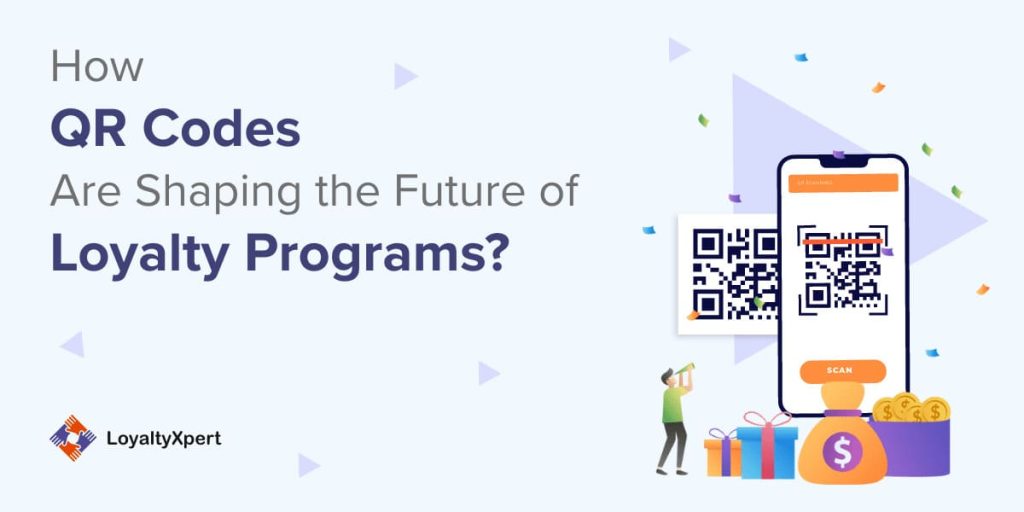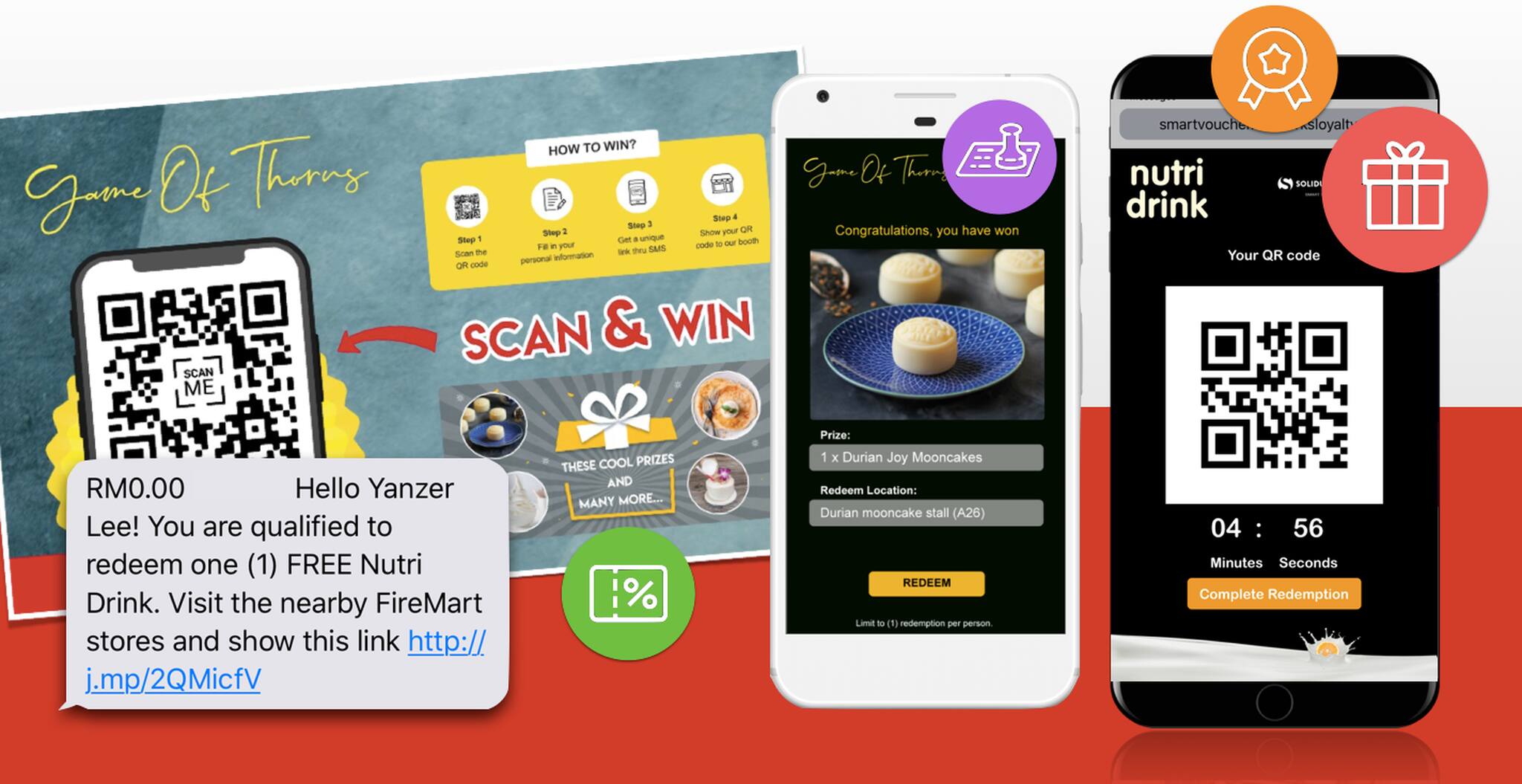Increase Client Life Time Value with a Strategic Loyalty System
Increase Client Life Time Value with a Strategic Loyalty System
Blog Article
Commitment System Insights: Rewarding Consumers and Expanding Your Brand
Commitment programs have actually advanced past simple transactional rewards; they currently offer as strategic tools for fostering much deeper client relationships and enhancing brand name loyalty. By comprehending the subtleties of numerous benefit systems, services can tailor their methods to satisfy varied customer preferences. The influence of a well-implemented loyalty program expands past client retention, driving advocacy and forming brand assumption in a competitive marketplace. The performance of these programs hinges on details interaction approaches and measurable outcomes. What crucial aspects should brand names consider to optimize their commitment efforts?
Understanding Loyalty Programs

By evaluating this information, organizations can tailor their offerings to much better satisfy customer needs, developing a much more individualized shopping experience. This customization is pivotal in developing depend on and psychological links, which are crucial for brand name commitment. In addition, commitment programs can enhance customer engagement via exclusive deals, rewards, and experiences that resonate with customers, reinforcing their commitment to the brand name.
Additionally, loyalty programs can add to raised client life time value, as completely satisfied and dedicated consumers are more probable to make constant purchases and refer others. Eventually, when applied effectively, commitment programs not just incentivize prompt sales however additionally cultivate an area of brand name advocates, thereby driving sustainable growth for companies in a competitive market.
Sorts Of Award Systems
Different kinds of reward systems exist within commitment programs, each made to deal with various customer preferences and service goals. One prominent technique is the points-based system, where clients earn factors for each purchase, which can later on be retrieved for price cuts or items. This model motivates repeat transactions and fosters a feeling of success as clients gather points.
Another reliable kind is tiered incentives, which incentivizes customers to get to higher degrees of commitment. As customers advance through rates, they unlock progressively beneficial advantages, therefore boosting consumer engagement and retention. This system awards both first investing and continuous loyalty, making clients really feel valued.
Cashback incentives are also prevalent, supplying clients a portion of their purchase back as cash money or credit scores. This straightforward method attract price-sensitive consumers and can drive more regular purchases.
Finally, experiential benefits provide unique experiences, such as special occasions or early access to items. These incentives develop memorable interactions with the brand name, promoting deeper emotional connections.
Each of these systems offers unique advantages, allowing businesses to tailor their commitment programs to line up with their client demographics and calculated goals.

Benefits of Implementing Loyalty Programs
Executing loyalty programs supplies countless benefits that can substantially improve a service's relationship with its customers. Among one of the most noteworthy benefits is the enhanced consumer retention rate. By rewarding repeat acquisitions, companies foster a feeling of belonging, motivating consumers to return extra often. This not only minimizes advertising and marketing prices related to acquiring brand-new customers however additionally improves overall earnings.
Moreover, commitment programs make it possible for businesses to gather valuable data on consumer choices and buying behaviors. This information can be assessed to customize marketing efforts, leading to more customized and effective campaigns. The understandings obtained can aid services recognize fads, maximize product offerings, and enhance consumer fulfillment.
In addition, loyalty programs typically develop an one-upmanship in crowded markets. By developing a strong commitment framework, services can differentiate themselves, bring in consumers who prioritize brands that value their commitment.
Finally, a well-structured loyalty program can foster brand campaigning for. Devoted consumers are extra likely to advise a brand name to others, efficiently turning them into brand name ambassadors. In final thought, executing loyalty programs is a strategic relocation that can generate significant benefits, inevitably driving lasting organization growth and success.
Methods for Efficient Involvement
Reliable involvement is critical for making best use of the advantages of commitment programs and guaranteeing continual customer interest. Loyalty System. To foster meaningful connections, services should adopt a multi-faceted method that emphasizes worth, interaction, and personalization
First, leveraging customer information to produce tailored experiences improves interaction. By examining acquisition history and choices, brand names can offer personalized rewards or recommendations that reverberate with individual consumers. This targeted technique not only boosts contentment but also urges repeat interactions.
2nd, normal and transparent interaction is important. Using different networks, such as e-mail newsletters, social media sites, and mobile apps, you could try here ensures customers are informed concerning promotions, benefits, and program updates. Constant messaging maintains the brand top-of-mind and enhances the value of loyalty involvement.
Last but not least, incorporating gamification components can substantially enhance interaction. Functions such as factor buildup, difficulties, and tiered incentives develop a sense of achievement and excitement, encouraging customers to involve more proactively with the program.
Incorporating these methods grows a dedicated consumer base, driving sustained growth and brand name affinity while making best use of the potential of commitment programs. By concentrating on effective engagement, organizations can strengthen links and enhance the general customer experience.
Determining Success and ROI
To precisely examine the performance of commitment programs, companies have to establish clear metrics for determining success and return on investment (ROI) Trick performance signs (KPIs) such as client retention rate, average order worth, and the regularity of repeat purchases offer quantifiable understandings visit this page right into program performance.
Furthermore, tracking the overall influence on customer lifetime worth (CLV) is essential. A successful commitment program need to enhance CLV by cultivating customer commitment and motivating repeat deals (Loyalty System). Companies need to also take into consideration the price of keeping the program and applying against the earnings produced through devoted customers
An additional valuable strategy is to evaluate client interaction metrics, such as participation prices in commitment tasks and the redemption of benefits. This data enables firms to refine their offerings and improve client experiences.
Additionally, using sophisticated analytics and client comments can even more support the assessment of commitment program performance. By integrating qualitative understandings with quantitative data, businesses can readjust approaches to optimize performance. Ultimately, an extensive measurement framework will enable companies to understand the real value of their commitment programs and make informed choices for future development.
Verdict
In verdict, loyalty programs serve as an essential system for boosting customer engagement and cultivating brand name commitment. The critical application of these programs not just raises consumer retention but likewise transforms satisfied view it now consumers into advocates, adding to brand name development and competitive benefit.
Loyalty programs have advanced beyond mere transactional incentives; they now offer as calculated tools for fostering much deeper customer relationships and enhancing brand name loyalty. As consumers advance with tiers, they unlock increasingly beneficial benefits, thus enhancing consumer involvement and retention. An effective loyalty program should boost CLV by promoting consumer loyalty and motivating repeat transactions.In verdict, commitment programs serve as an important device for boosting client engagement and cultivating brand commitment. The tactical implementation of these programs not just boosts consumer retention but likewise transforms completely satisfied consumers right into supporters, contributing to brand name development and affordable benefit.
Report this page